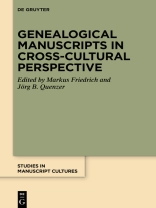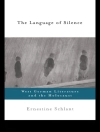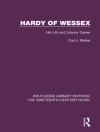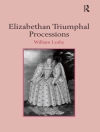Situating the history of genealogy in the ambit of manuscript studies, this volume explores how handwriting practices influenced the development of genealogies. It shows how lineages used handwritten documents in constructing and presenting their identity both to the outside world and to themselves. Genealogical handwriting is practiced in many manuscript cultures; this volume is the first to juxtapose studies from a wide variety of such cultures, ranging from East Asia, to West and Central Asia, to Europe. As the present contributions discuss in depth, tracing one’s lineage usually required taking note of personal histories, biographies and relationships; the chapters explore the many different reasons that compelled both individuals and institutions to do just this, and highlight the various contexts in which genealogy-writing occurred. Taking a material-oriented approach to handwriting practices in the study of genealogies can reveal the challenges implicated in producing such written artefacts, highlighting the enormous effort required in cultivating lineage-related knowledge. Seen from the view of manuscript studies, genealogies emerge as invaluable, yet also highly fragile forms of cultural capital.
Про автора
Markus Friedrich, Universität Hamburg, Hamburg;
Jörg B. Quenzer, Universität Hamburg, Hamburg.












